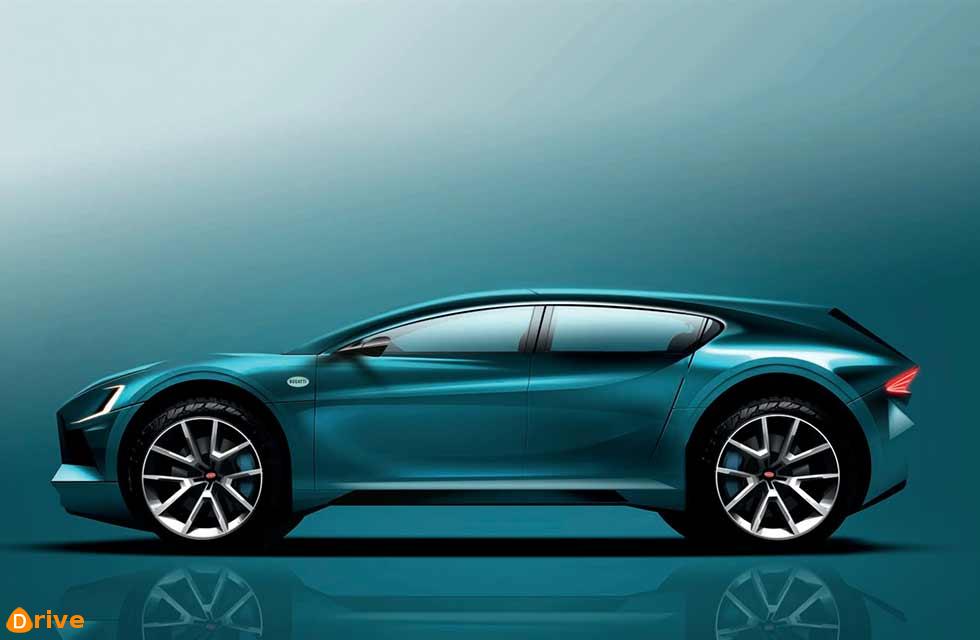Boss makes the case for a more practical Bugatti and rules out hybrid but not EV
A future Bugatti EV would move away from the maker’s core business of hypercars to become its most practical model ever, but it would still offer the performance and exclusivity for which the brand is famous.

Bugatti CEO Stephan Winkelmann told Drive-my: “If we speak about a second model at Bugatti, I am convinced we don’t have to do a car which is only for weekends. This is a car to be used on a daily basis. It has to have a different shape [from the Chiron] and have a different mission.
“If we do something outside of the hyper-sports car business, there will be a car that is not in the direction of the W16 [engine]. In my opinion, electrification would be the right approach.”
A second Bugatti model has long been in contention and is likely to be either an SUV or a four-door GT, but Winkelmann has repeatedly claimed that no decision has yet been made by the board of the Volkswagen Group, which owns the brand.
Winkelmann said: “For Bugatti, it is a good opportunity and could be a winner. But I also see that a big group like VW Group has a lot of priorities. It is in the midst of an electrification revolution and it must decide where to spend its money.
“A second model would mean doubling the size of our company or more. It’s clear we need 100% commitment from everybody. It’s not enough that I’m convinced!”
While group-wide sharing of platforms is commonplace – for example, Audi and Porsche use the same EV platforms – Bugatti would again create its own. Winkelmann commented on the possibility of platform sharing: “This is not the case for a car with the performance of a Bugatti.”
He added that repeatable acceleration and top speed would be far more important than range for a Bugatti EV. “I’d rather have some reserve performance than keep range on a high level,” he said.
Charging is another major barrier, Winkelmann said, adding that EV charging times would need to be almost equivalent to filling up a combustion car. He said: “We would sell [electric] cars where the infrastructure is best – the east and west coast of the US, the UK, Asia and so on.
“On top of that, our customers have more than one car – to say the least – so they are not depending on one particular car.”
Adding a model made in higher volumes than the Chiron would not affect Bugatti’s exclusivity and, crucially, resale values, Winkelmann believes.
“If we’re talking about a car that would be in the low thousands, we’re talking 300 cars in America, 300 cars in Europe, 300 cars in Asia and so on,” he said. “At the end of the day, there would be close to zero visibility [of these cars] so there would be no impact. It’s not going to be a car that is perceived as a commodity or something that is not exclusive enough.”
Winkelmann doesn’t see a place for hybrid technology in Bugatti models, preferring instead the use of either internal combustion engines or fully electric powertrains. “It is my belief you will never have cutting-edge technology [with hybrid],” he said. “Today, with the mindset, it’s clear that infrastructure, range and trust in electrification is not where it could or should be, but in five years, when an EV could hypothetically come out…”
He also said a new generation of customers is coming into the business and they’re “expecting things that, today, we are not even talking about as a given”.
Winkelmann referenced the work of founder Ettore Bugatti, too. “When Ettore Bugatti did the car, he did every possible bodystyle, engine, price segment,” Winkelmann said. “He did a lot more than what you see today and I think roots are important.”
Second Bugatti model must have a “different shape” from a Chiron. Derivatives like the Super Sport help make the Chiron viable.





